CONVERSATIONS
Interview by Niccolò Sandroni
I’D LIKE TO BREAK THAT NOTION. THAT YOU HAVE TO SUFFER, THAT YOU NEED TO LIVE A TERRIBLE LIFE, BE PERVERSE, AN ALCOHOLIC, AN ADDICT TO CREATE YOUR ART.
Interview by Niccolò Sandroni
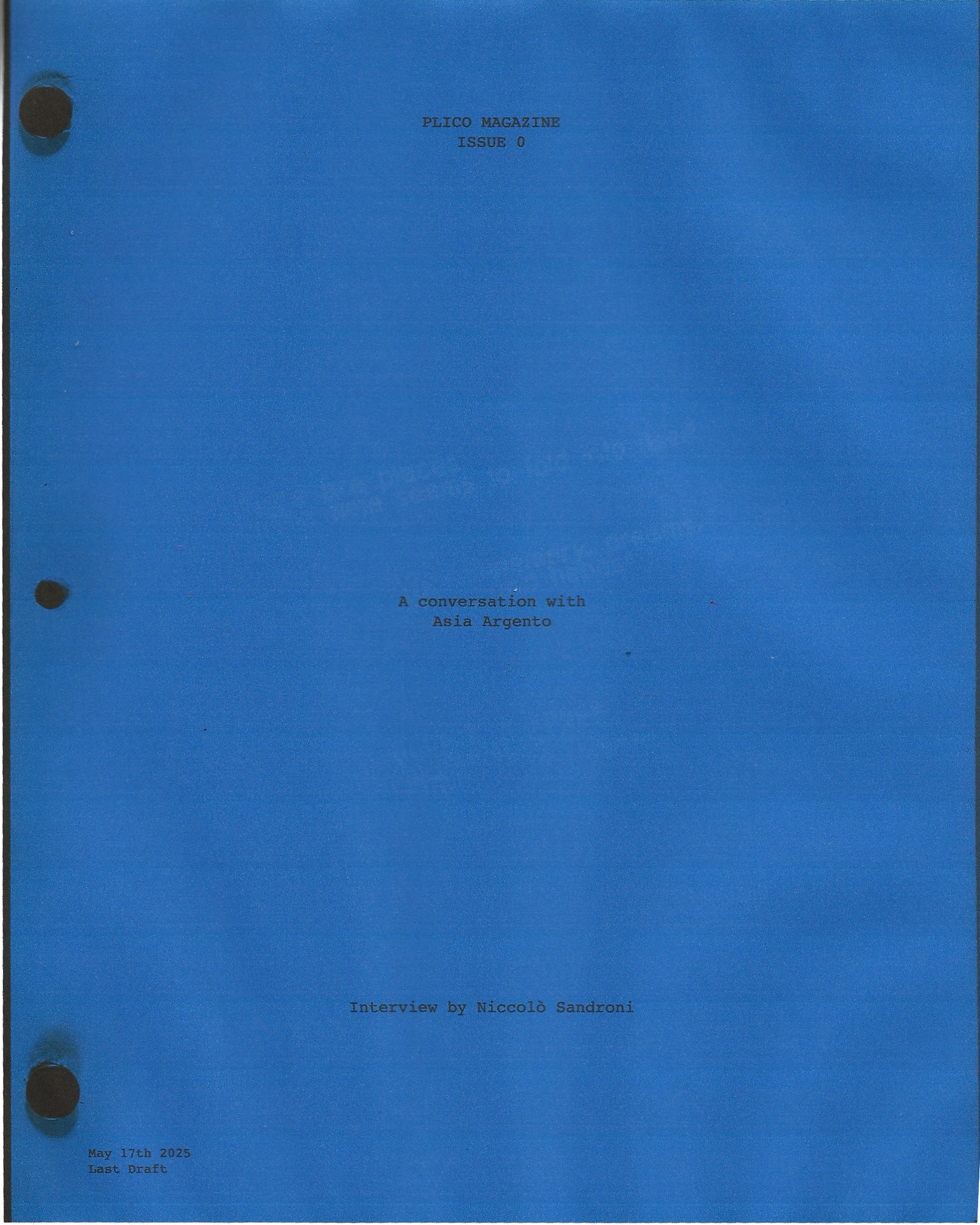
Cinema, dreams, childhood, art, creativity, but above all, life. Asia Argento is carefully shaping a new chapter of her life.
The first film I remember seeing with Asia Argento was Perdiamoci di vista (1994) directed by and starring Carlo Verdone. Over the years, I grew to admire her especially in her father Dario’s films among which I’ll allow myself to praise Trauma (1993). To those I add New Rose Hotel (1998) by Abel Ferrara, where she stars alongside Willem Dafoe and Christopher Walken, and why not, even the action movie xXx (2002) by Rob Cohen with Vin Diesel and Samuel L. Jackson. Regarding her directorial work, my personal favorite is Misunderstood (2014).
Some months ago, when the idea of doing this interview came up, I decided to read her autobiography Anatomia di un cuore selvaggio, and without a doubt, this is the work by Asia Argento I love most and never stop recommending to others. While reading, I was struck by the strength of every page. Honest, at times piercing words, capable of surgically describing emotions that often feel elusive. I decided to draw inspiration from this book when writing the questions for our meeting.
From the role of the artist-parent to identifying the most powerful fuel for expressing our art, passing through the current state of cinema and the meaning of dreams, one of the central themes of this debut issue of Plico Magazine. Ten questions to rediscover Asia Argento: a different kind of girl, an untamable spirit, and now more than ever, a woman conscious of herself.
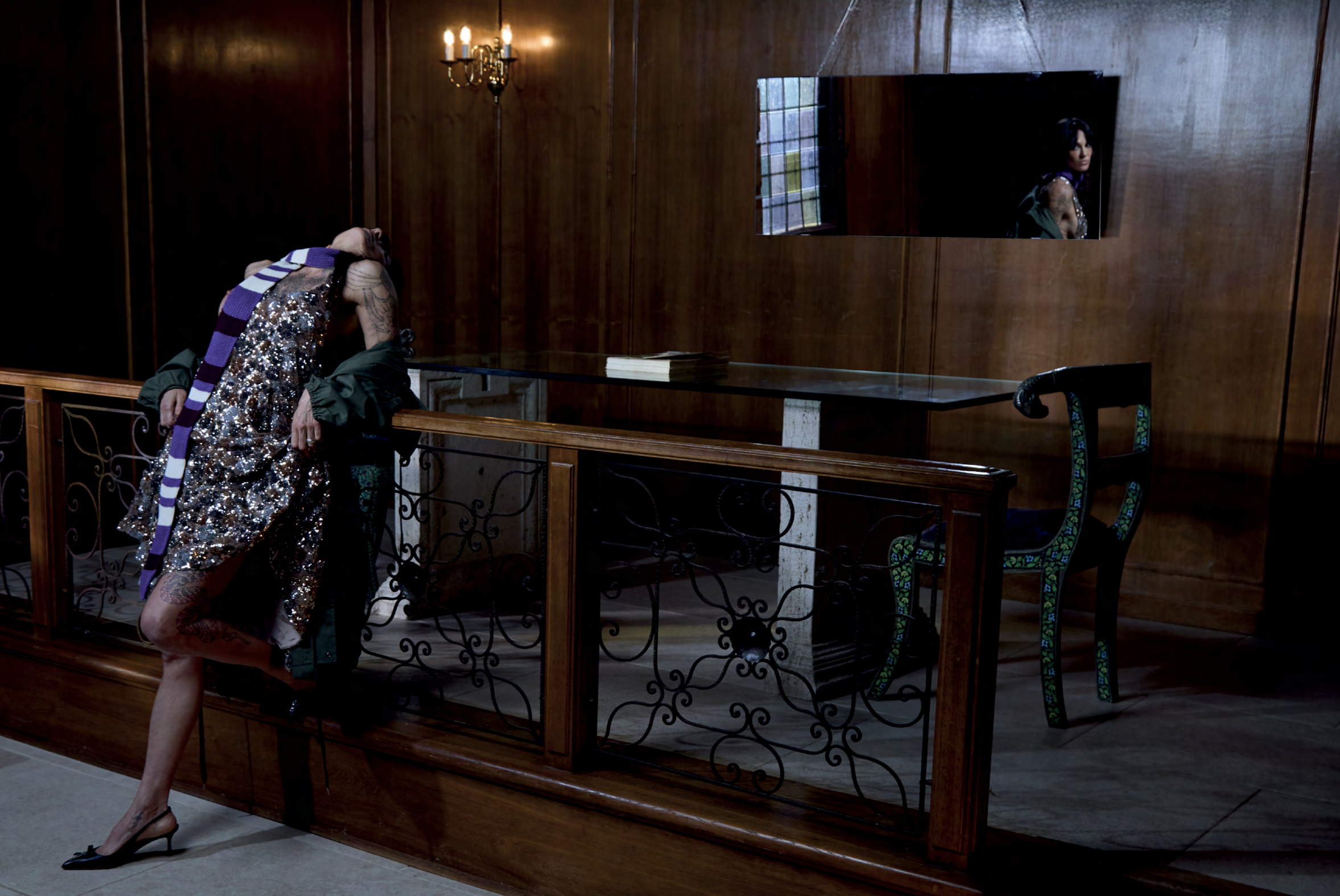 Asia is wearing a N21 full look
Asia is wearing a N21 full look
NS:
Asia, let me quote your autobiography. About your parents, you write: “On one hand this absurd parental ambition, on the other, throwing themselves into this mission while insisting on remaining whimsical artists doing whatever they please without giving up any of their madness. In their own way, they gave it their all: two exceptional people, and for that, also two complete egotists.” Is this the eternal dilemma of the artist-parent being trapped in that existential dichotomy?
AA:
Having a family and being an artist, those two things cannot coexist. It’s impossible. The artist is egocentric and therefore prioritizes their own needs, primal instincts, desires, ambition, the obsession with their work. To be an artist, you have to be incredibly obsessed, especially at the level of my father, but also my mother, who was number one in Italian theater, always on tour with major productions and directed by the greatest directors of that time.
As for my experience, when I became a mother, I saw that at first it was “manageable” to have a career and a daughter, because she was little and even though I traveled all over the world, we were together. When she started school, that’s when the “problems” began, because even then I was living mainly in America, but also working in France. With my second child, I started asking my agents different questions about film productions. Before, I’d ask: What’s the film? Who’s directing it? After that, I’d ask: How long will it take? Where’s it being shot? How much does it pay?
My work took a backseat but it was a natural evolution, because my kids came first. And maybe that’s exactly because of what I went through, with this enormous sense of loneliness, abandonment, love given conditionally. I won’t lie; I’ve felt and still feel some regret at times, and I fall into the trap of “I could’ve... I should’ve...”. That’s a real danger especially if you identify with your work, your success. But I realized the universe paid me back through what I tried to be: the best mother I could be.
Having a family and being an artist, those two things cannot coexist. It’s impossible. The artist is egocentric and therefore prioritizes their own needs, primal instincts, desires, ambition, the obsession with their work. To be an artist, you have to be incredibly obsessed, especially at the level of my father, but also my mother, who was number one in Italian theater, always on tour with major productions and directed by the greatest directors of that time.
As for my experience, when I became a mother, I saw that at first it was “manageable” to have a career and a daughter, because she was little and even though I traveled all over the world, we were together. When she started school, that’s when the “problems” began, because even then I was living mainly in America, but also working in France. With my second child, I started asking my agents different questions about film productions. Before, I’d ask: What’s the film? Who’s directing it? After that, I’d ask: How long will it take? Where’s it being shot? How much does it pay?
My work took a backseat but it was a natural evolution, because my kids came first. And maybe that’s exactly because of what I went through, with this enormous sense of loneliness, abandonment, love given conditionally. I won’t lie; I’ve felt and still feel some regret at times, and I fall into the trap of “I could’ve... I should’ve...”. That’s a real danger especially if you identify with your work, your success. But I realized the universe paid me back through what I tried to be: the best mother I could be.
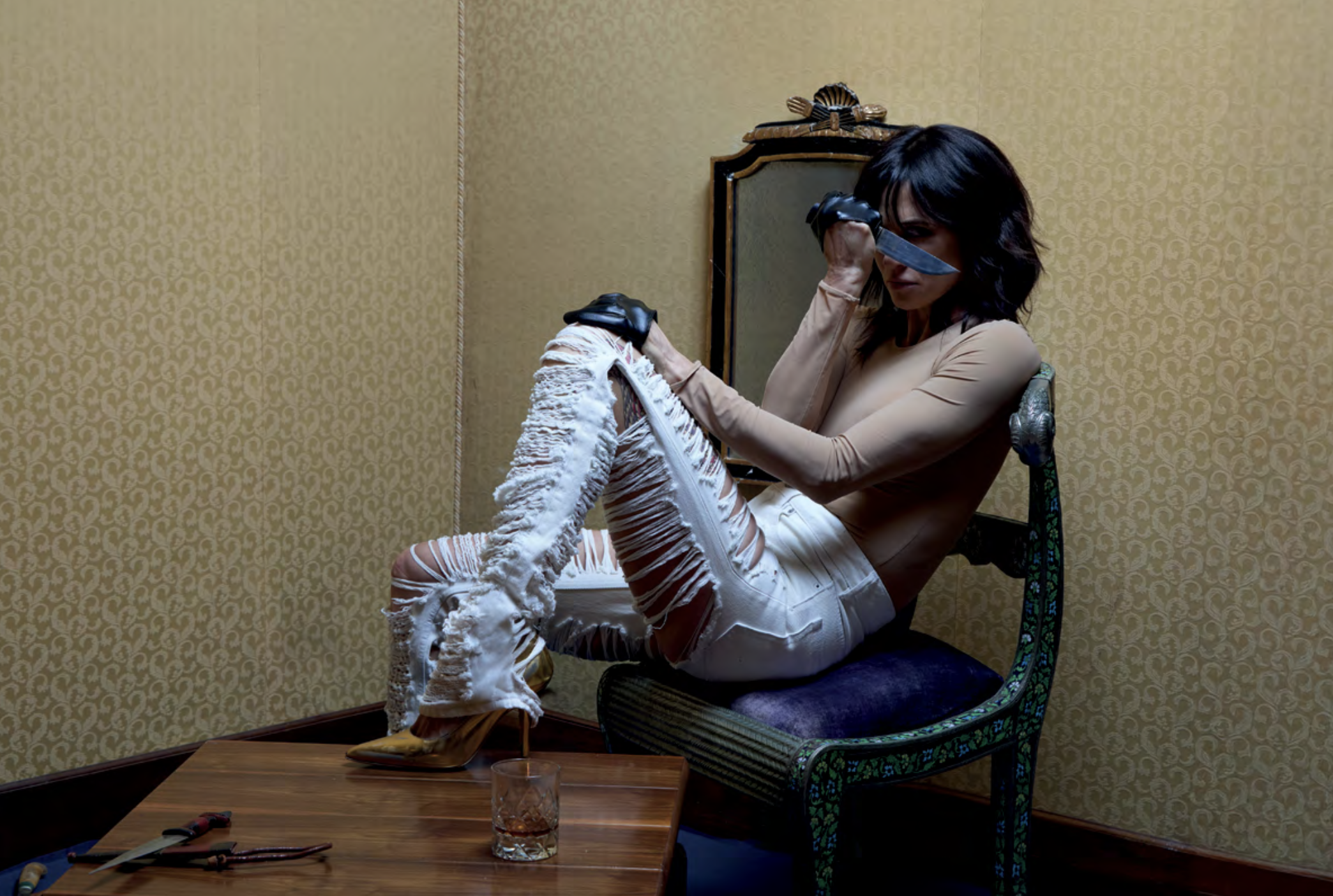 Bodysuit MAISON MARTIN MARGIELA Jeans MM6
Bodysuit MAISON MARTIN MARGIELA Jeans MM6Shoes MM6 Gloves Stylist’s own
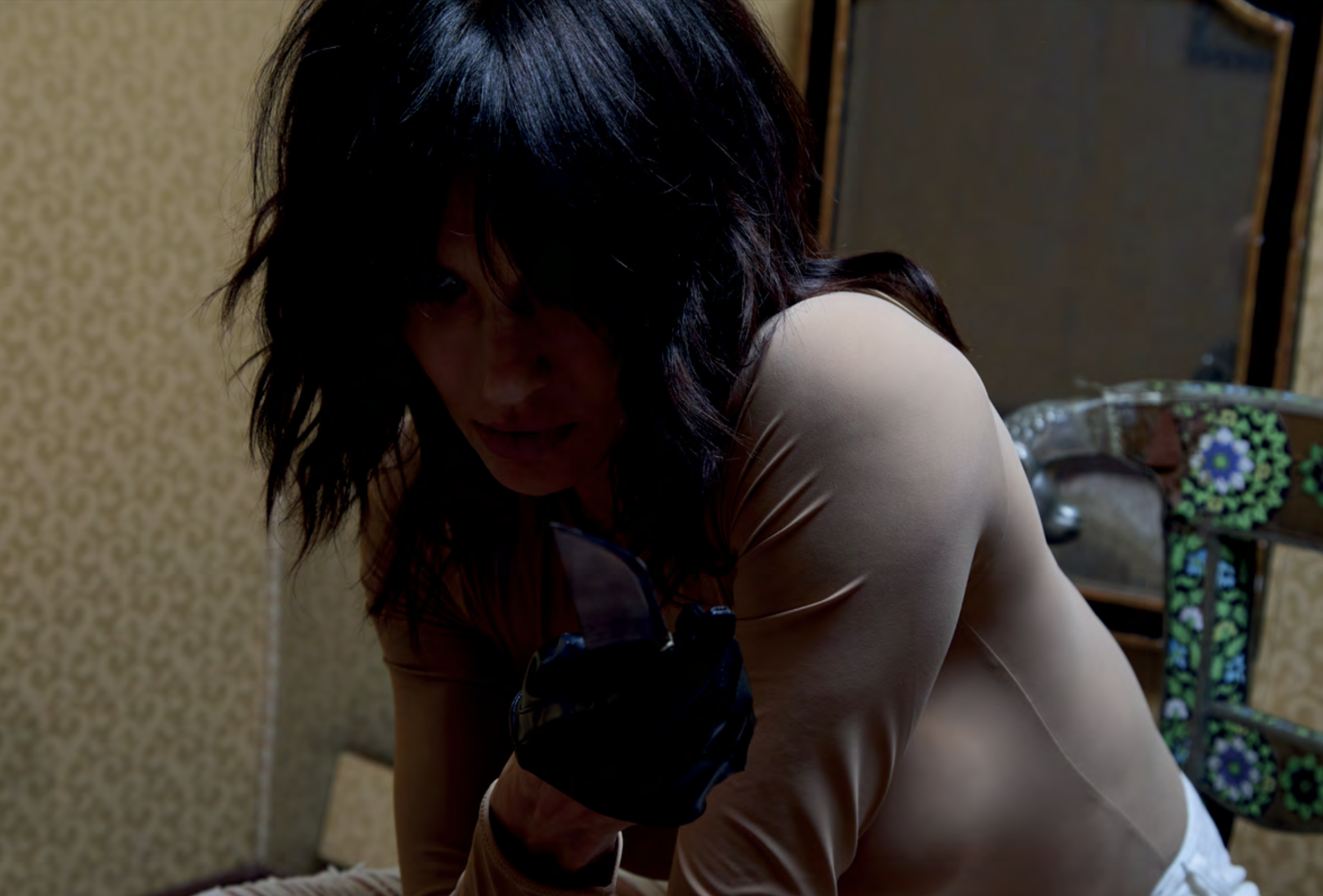
NS: “My childhood was chaos with no anchor points, and I lived without any”. These words remind me of Jane Birkin’s famous quote: “But who wants an easy life? It’s boring”. Is it necessary for something absurd, painful, fantastic, anything but dull stability, to happen in order to trigger an artistic reaction?
AA: I’d like to break that notion. That you have to suffer, that you need to live a terrible life, be perverse, an alcoholic, an addict in order to create your art. We need a healthier world, where mental health is encouraged, where people grow up in better environments, where creativity is like it is for children a joyful, not desperate, thing. I remember when I was a child, creativity was play. As I got older, I tied it to despair, and I drew from my pain, my trauma, thinking filmmaking had to be a sort of psychodrama. But it doesn’t have to be like that.
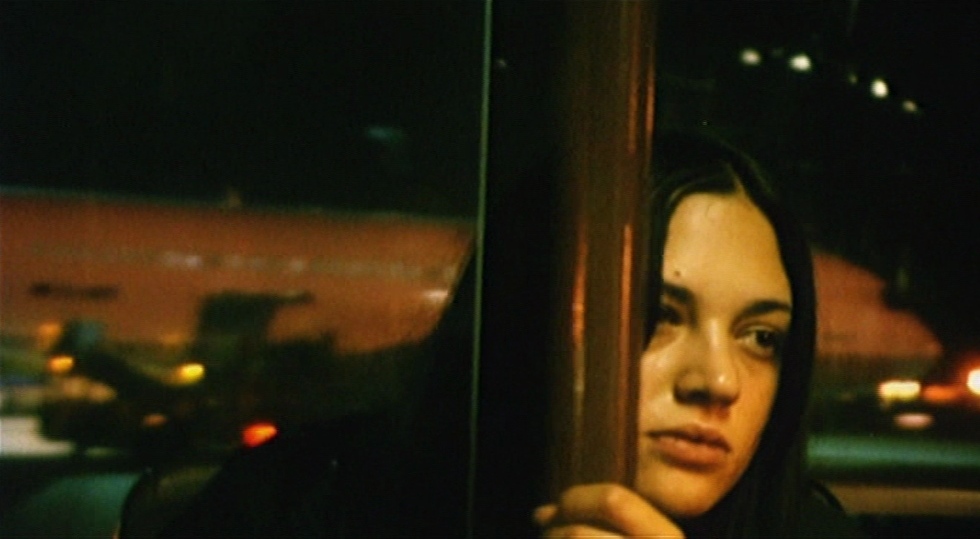
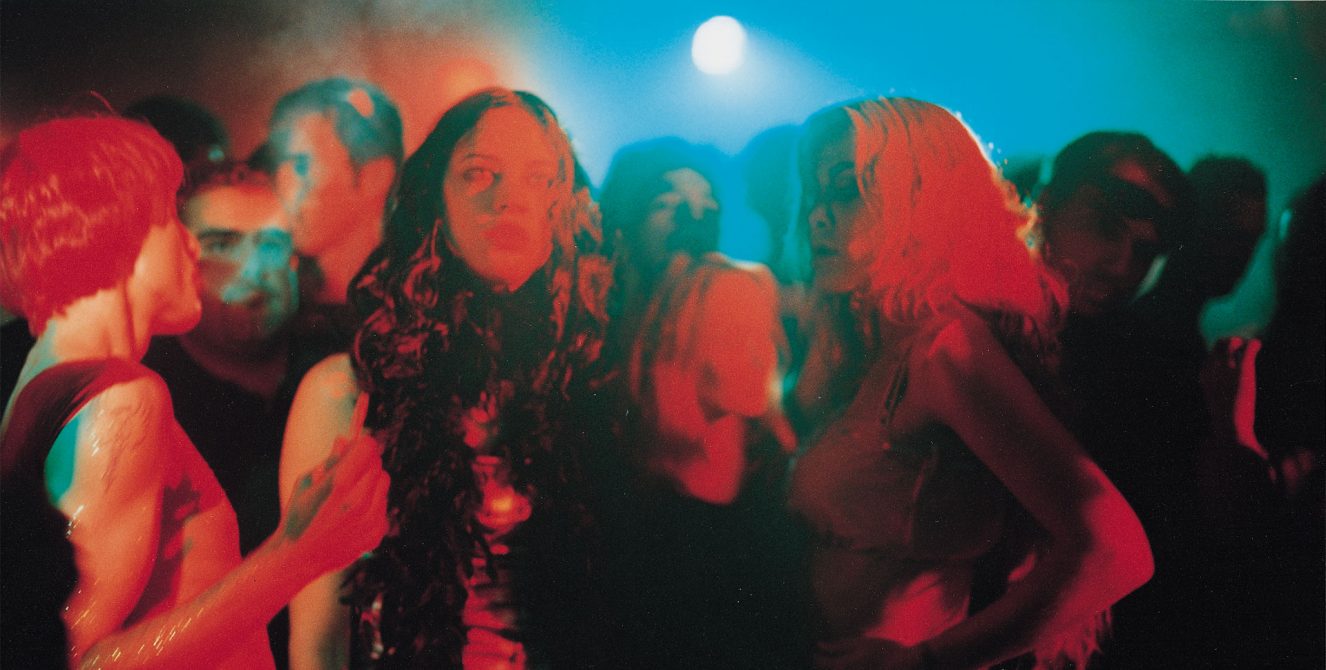
© Scarlet Diva (2000), directed by Asia Argento; produced by Opera Film Produzione; distributed by Minerva Pictures Group (Italy) / Film Movement Classics (North America).
NS:
More and more often, we hear professionals in the film industry speak about exploitation and frustration. The actor, screenwriter, or director is drained - creatively, aesthetically, and humanly - by the demands of production in order to maximize immediate financial returns, often seeing their work altered in the process. Is this a toll that artists inevitably have to pay to bring their art to life? In your case, have you ever had to accept significant changes to your films?
AA:
This is a very relevant topic for me right now. In the past, as a director, I never compromised because my films had modest budgets and the productions were solid. Also, it was a different time for cinema and for audiences going to theaters.
Today, the only truly interesting reality (in Rome) is Cinema Troisi, where young people gather around film retrospectives and discussions. Otherwise, it’s just Hollywood blockbusters that work, like Dune or Marvel films.
Thankfully, there are still some wild cards with their auteur films, like Wim Wenders with Perfect Days (2023). But otherwise, it feels like we have to go back to a different era, to directors who were also friends, like Larry Clark and Harmony Korine with Kids (1995) and Gummo (1997). These stories inspired me at the time: films that would be unthinkable today but were once praised, understood, and loved. They became cult classics not because they chased profit (and even if they had, the money doesn’t go to the director or writer, it goes to the producer, which is fair, since they invested and believed in the stories).
I want to return to that time, to aim even lower than I did in my past experiences as a director. Today, if you have a good story and a director who knows how to tell it, like Tangerine (2015) by Sean Baker shot on an iPhone 5s during magic hour with incredible lighting, you can create something beautiful that lasts.
Read more in the printed issue.
Today, the only truly interesting reality (in Rome) is Cinema Troisi, where young people gather around film retrospectives and discussions. Otherwise, it’s just Hollywood blockbusters that work, like Dune or Marvel films.
Thankfully, there are still some wild cards with their auteur films, like Wim Wenders with Perfect Days (2023). But otherwise, it feels like we have to go back to a different era, to directors who were also friends, like Larry Clark and Harmony Korine with Kids (1995) and Gummo (1997). These stories inspired me at the time: films that would be unthinkable today but were once praised, understood, and loved. They became cult classics not because they chased profit (and even if they had, the money doesn’t go to the director or writer, it goes to the producer, which is fair, since they invested and believed in the stories).
I want to return to that time, to aim even lower than I did in my past experiences as a director. Today, if you have a good story and a director who knows how to tell it, like Tangerine (2015) by Sean Baker shot on an iPhone 5s during magic hour with incredible lighting, you can create something beautiful that lasts.
Read more in the printed issue.
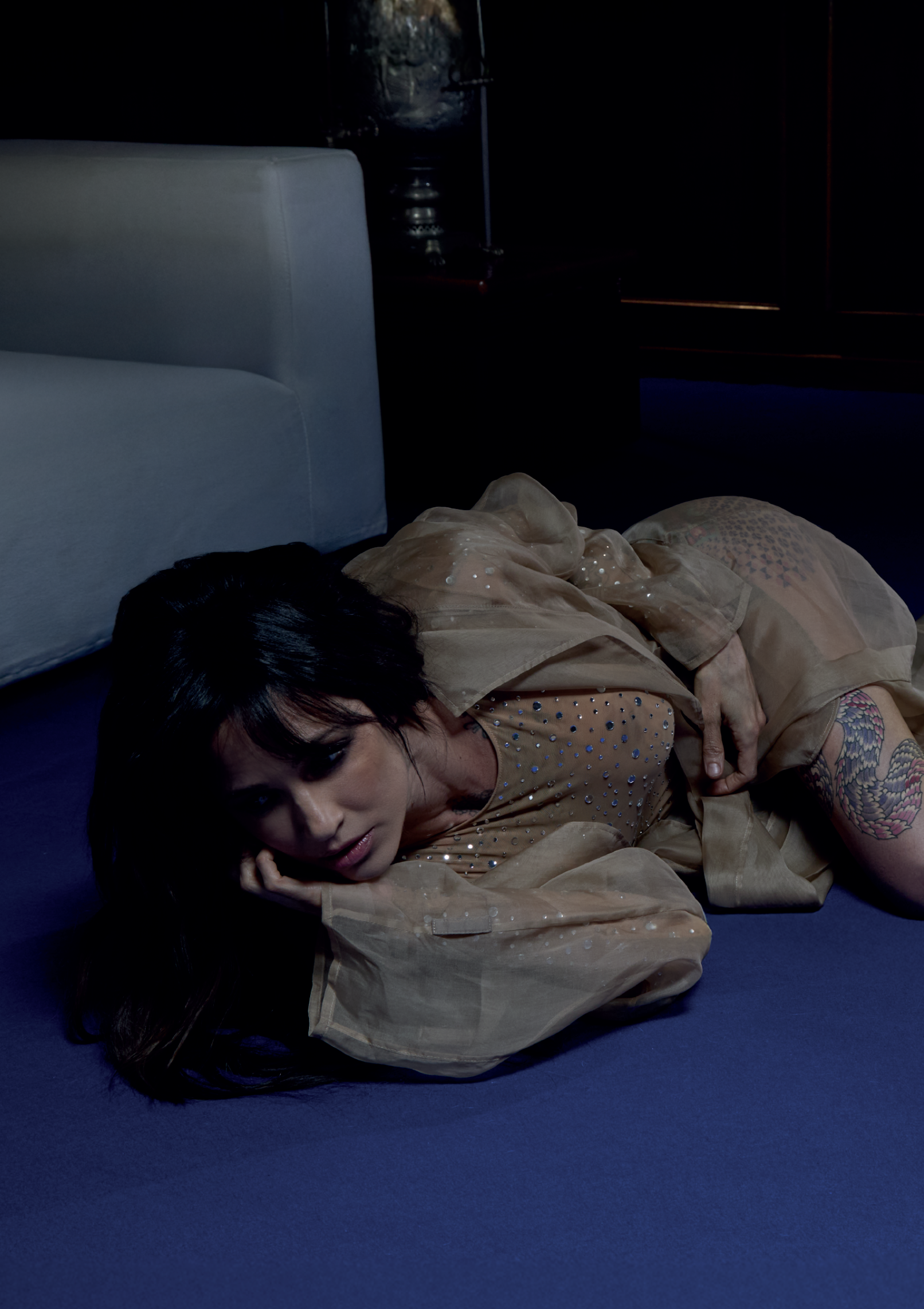
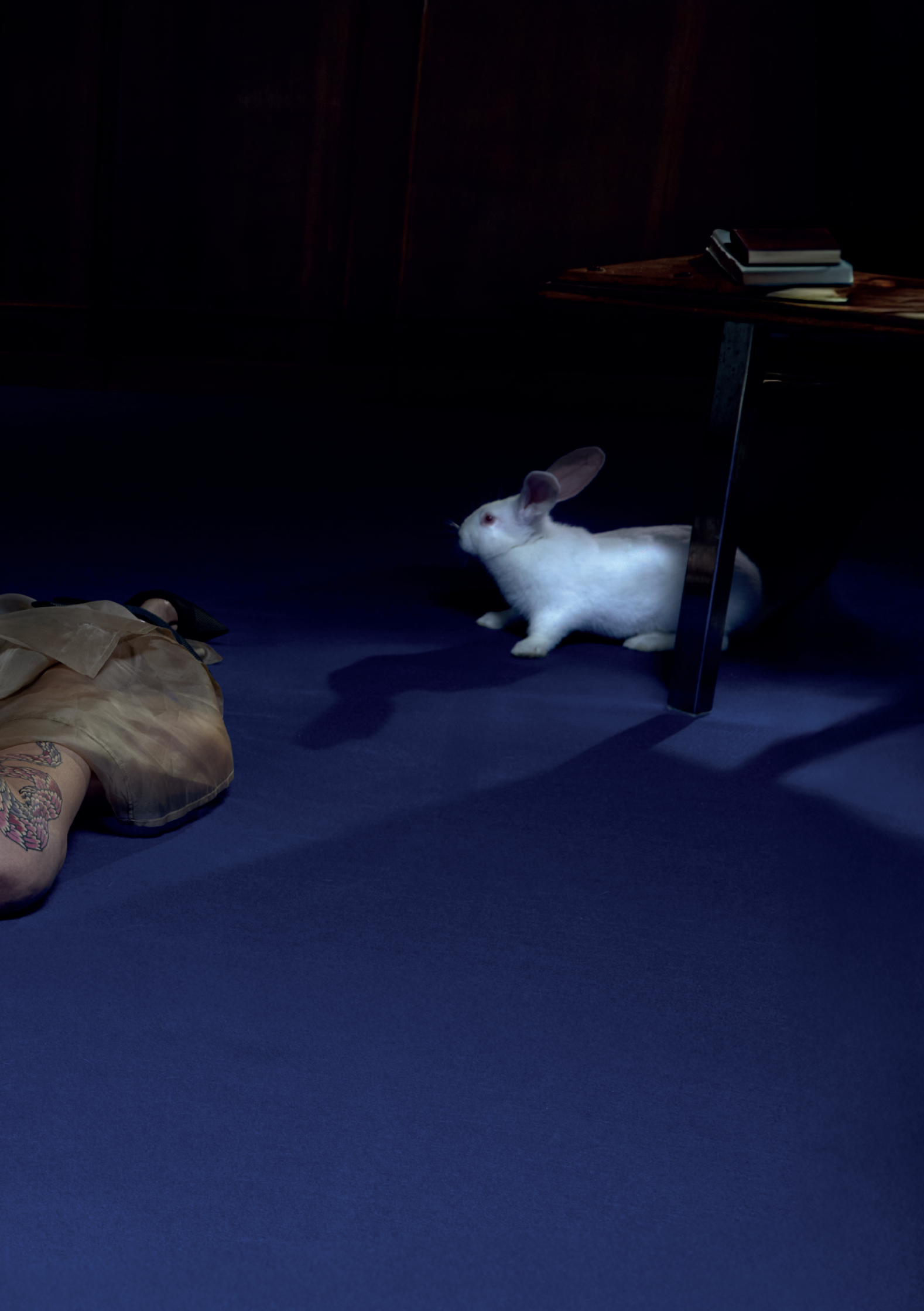 Trench coat SAGIO
Trench coat SAGIOBodysuit DES PHEMMES
PRODUCTION: PANORAMIC STUDIO
TALENT: ASIA ARGENTO
PHOTOGRAPHER AND DIRECTOR: ANDREA LAMEDICA
DOP: ELISA FIORITTO
1AC: PIETRO GOBBI
STYLIST: SONIA ALIPIO
MAKE UP ARTIST: GAIA DELLAQUILA
HAIR STYLIST: ANTONIO FIDATO
SET DESIGNER: FLAVIA MANACORDA
PHOTOGRAPHER ASSISTANT: ROBERTO PALATTELLA
STYLING ASSISTANTS: NES KALI, MARGHERITA MANGANI
TALENT: ASIA ARGENTO
PHOTOGRAPHER AND DIRECTOR: ANDREA LAMEDICA
DOP: ELISA FIORITTO
1AC: PIETRO GOBBI
STYLIST: SONIA ALIPIO
MAKE UP ARTIST: GAIA DELLAQUILA
HAIR STYLIST: ANTONIO FIDATO
SET DESIGNER: FLAVIA MANACORDA
PHOTOGRAPHER ASSISTANT: ROBERTO PALATTELLA
STYLING ASSISTANTS: NES KALI, MARGHERITA MANGANI
